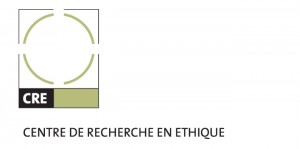
Jesse Prinz & Sarah Arnaud (CUNY)
455 Boulevard René-Lévesque E
Montréal
Conférence de Jesse Prinz & Sarah Arnaud (CUNY) intitulée “Are There Emotions in the Brain?”
Résumé
Emotions are among the main categories in folk psychological theories of the mind, yet finding neural correlates has been elusive. Discrete emotion categories correlate with highly overlapping brain regions in functional imaging studies, and these regions vary across studies are not specific to the affective domain (Lindquist, Feldman Barrett). This has led some researchers to abandon discrete emotions as natural or scientific kinds. Some aim to replace folk emotion categories with simpler dimensions, such as valence and arousal (Russell), while others opt for multidimensional views, implicating a variety of psychological mechanisms at varying degrees of complexity (Moors), or lose and transient assemblies of simpler brain circuits (LeDoux; cf. also RDoC). Some have suggested that folk categories depend on conceptualization (Feldman) or cultural scripts (Averill).
Against this emerging tide of “constructionism” about discrete emotions, there are long-stranding research programs that claim to establish physiological correlates. Work on expressive behavior has moved beyond static faces to dynamic expressions, vocal patterns, and posture to find more robust analogues of discrete emotions in the body, and new work using pattern classifiers purports to establish that folk categories map onto the CNS and ANS. These views lobby for the possibility that folk categories can be more neatly reduced to physiology. Thus, the scientific status of discrete emotions remains in limbo. Here we steer a course between constructionism and reductionism, proposing an account of discrete emotions that takes both sides seriously. Work in the constructionist tradition testifies to considerably plasticity and against domain specificity at the level of neural implementation. Work by reductionists suggests that patterns can nevertheless emerge. We argue for a “reconstructionist” view, according to which discrete categories map only multiple bio-culturally constructed patterns.



